
Science Illustration
Science Illustrations
Even with advancing photographic technologies, illustration remains an important form of communicating science knowledge.
Learning Objective: Describe the role of illustration in science and the types of illustrations commonly used to capture and convey information about animals.
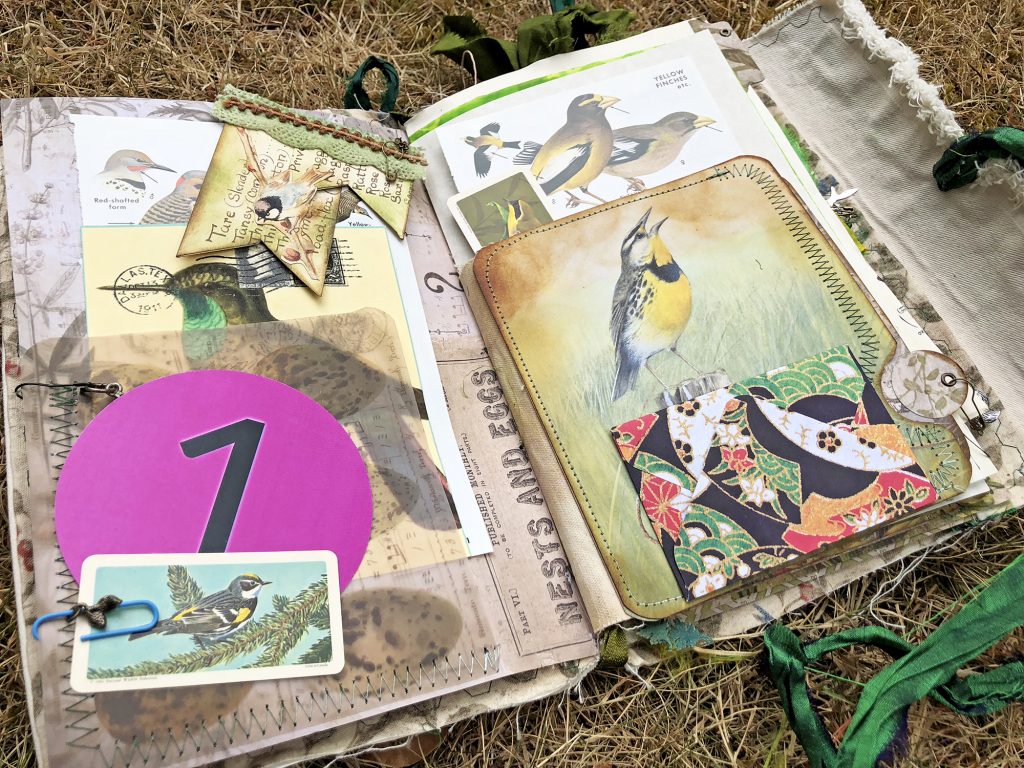
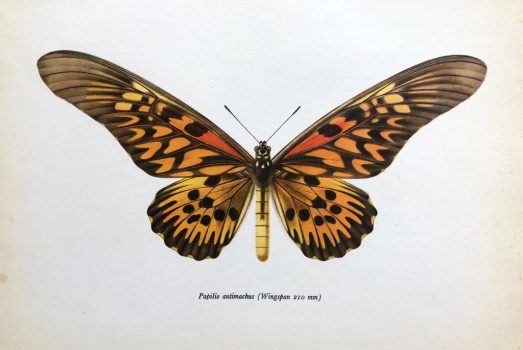
Illustrations communicate details in a controlled, captivating, and idealized manner. The subject may be stylized like this posed butterfly, but the information is clear and often appealing.
With easier and less expensive access to cameras, many assumed that science illustrations would be replaced with photos, but instead they are both used to convey different information.
You are never going to run across these different species all on the same branch, but the illustration makes it possible to compare different shapes, sizes, colors, and patterns. It is also eye-catching and appealing, making it more likely someone will be interested and learn the content.
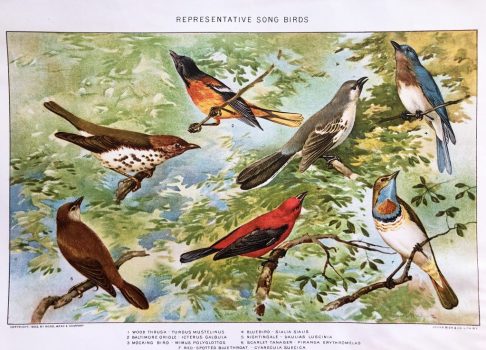
Biology textbooks are full of illustrations that depict organisms, habitats, and processes. Artwork teaches a specific concept by eliminating extraneous details and using attention-grabbing colors.
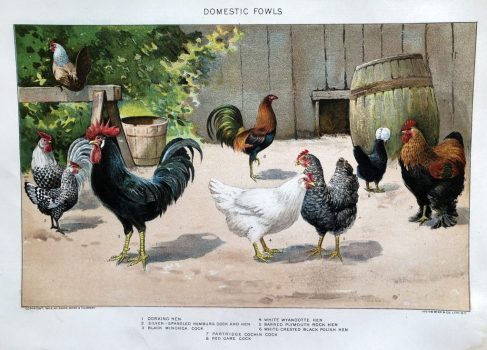
High quality illustrations are more likely to be valued and saved than the quickly dated photographic forms of the 20th century. As a result, older illustrations are a repository of data, like the appearance of older chicken breeds.
This video walks through some of the best known science illustrations.
Watch this video; you can select the closed captioning “cc” option if you would like to see the text.
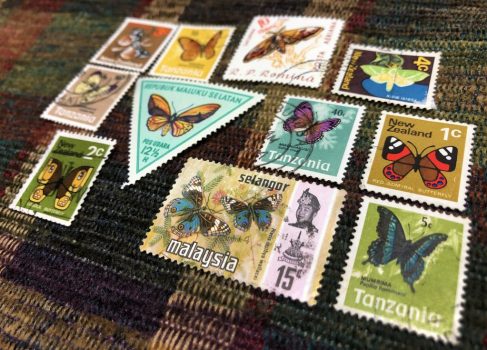
Artwork used for stamps can be highly detailed and an appealing way to collect information about different animal species. Countries often highlight the ecological and cultural significance of their native species.
Many illustrations isolate the subject of interest. Here the relationship between goldfinch birds and thistle plants is highlighted by removal of the background information.
When illustrating a subject, determine what you are trying to accomplish, and alter the world to communicate that message.
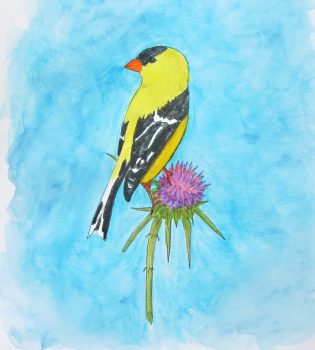
In the next section we’ll go through some drawing basics and start sketching.










